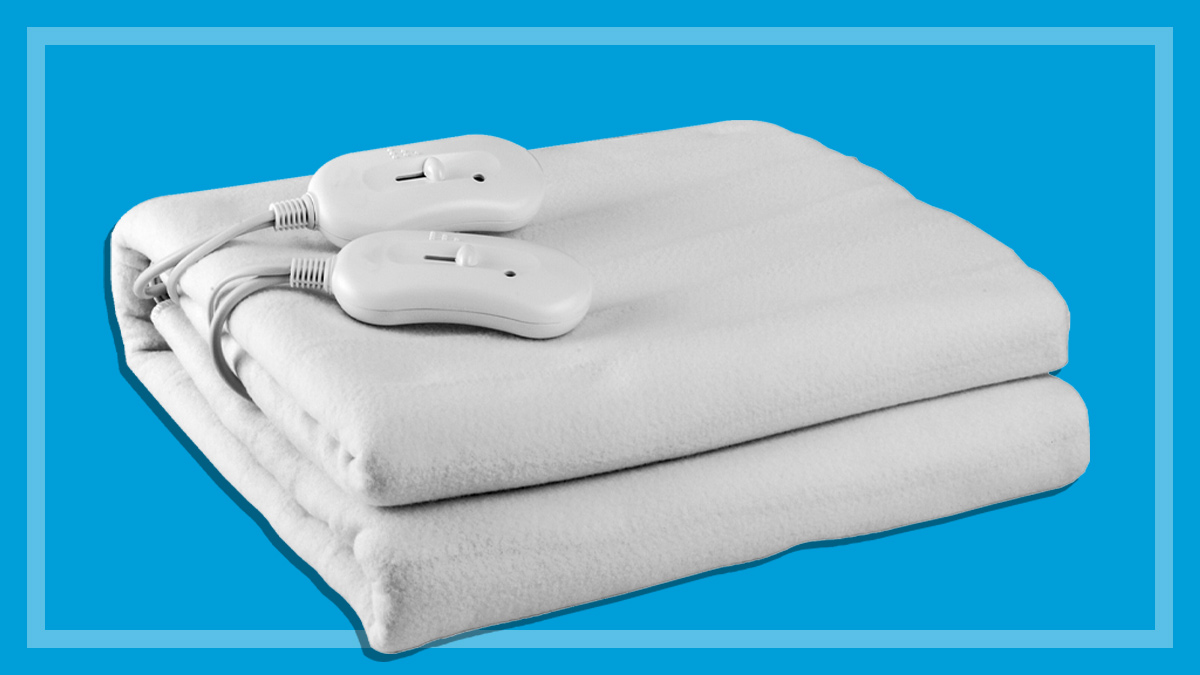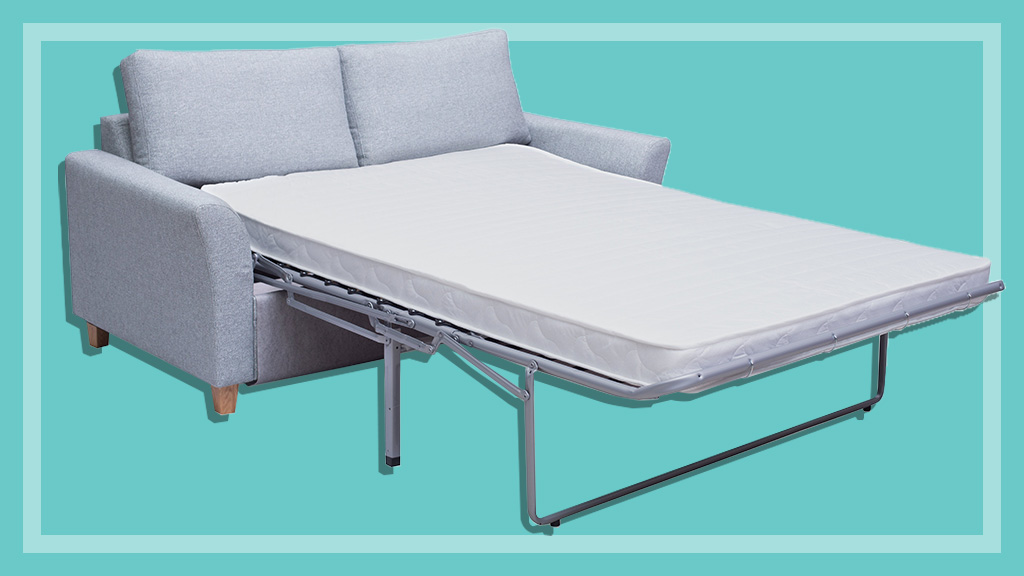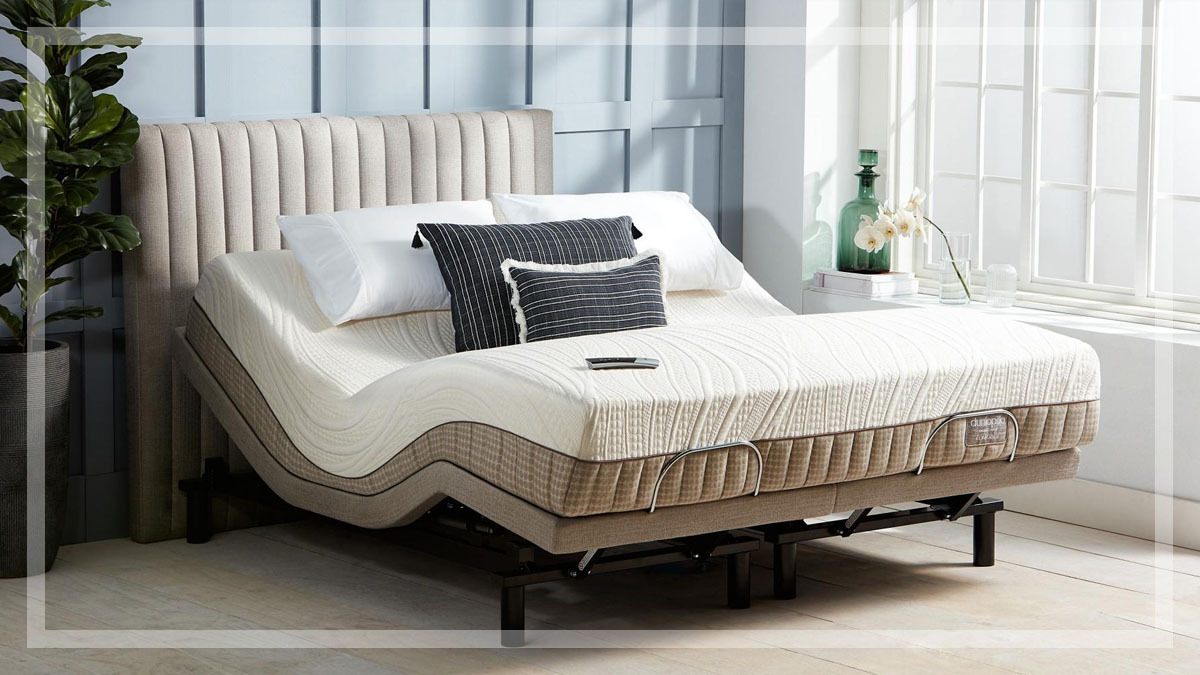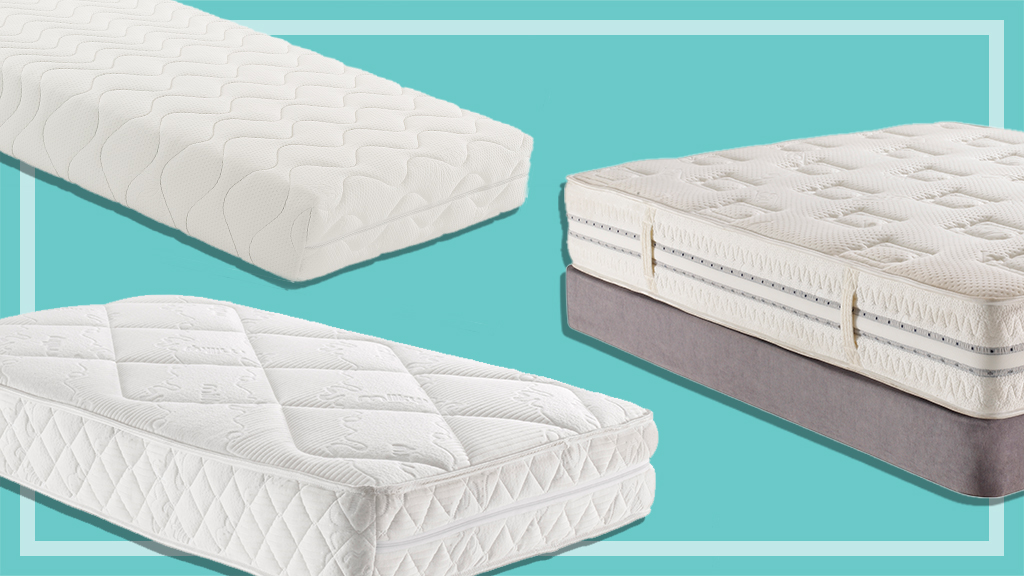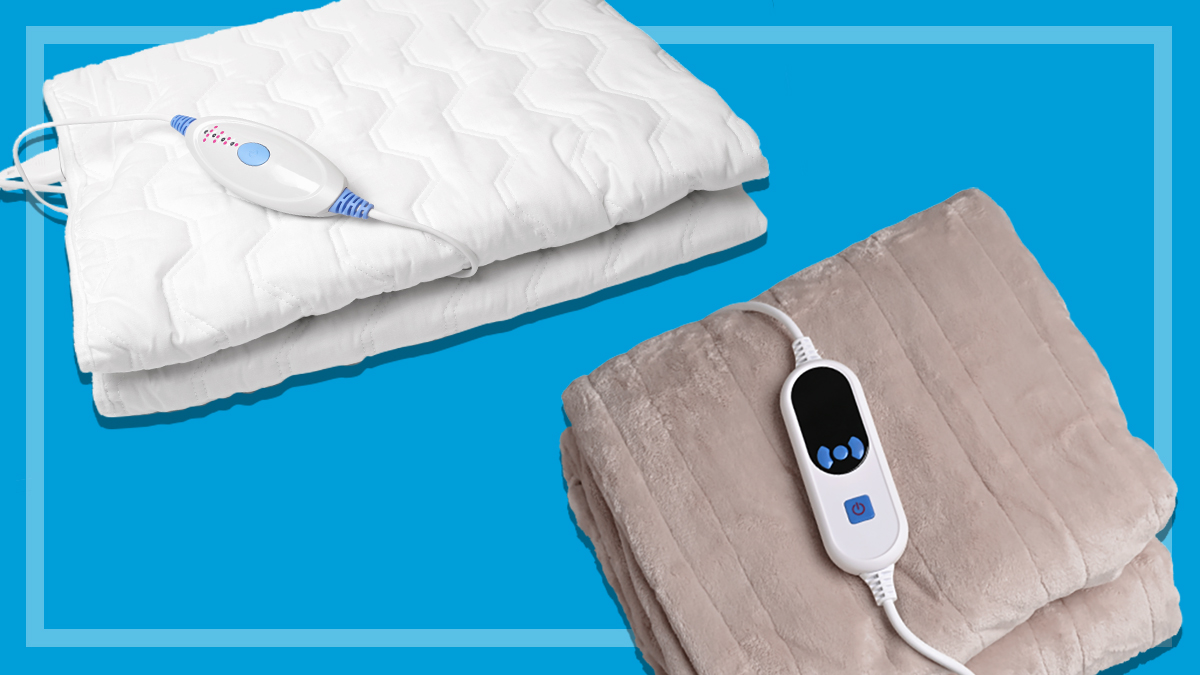Get our independent lab tests, expert reviews and honest advice.
How we test electric blankets and heated throw blankets

When you buy an electric blanket or heated throw blanket to keep you warm, you also want it to keep you safe – and we’re here to help. We’ve got lots of safety-testing facilities to hand, and a real bed to try the blankets out on, too. (Don’t worry – we resist the temptation to snooze on the job!)
On this page:
Our expert testers
Along with electric heaters, electric blankets have been a part of our winter testing regime for decades. CHOICE participates in Australian Standards committees and regulatory forums so we can keep an eye on trends in the industry and government regulations.
How we choose what we test
We always try to review the most up-to-date electric blankets and heated throw blankets on the market, but because many new models won’t appear on store shelves until late April or May – when our testing period needs to be well underway – this isn’t always possible. We do, however, ask manufacturers to tell us whether the blankets we are testing will still be on sale throughout winter.
Another challenge is the huge variation in electric blanket sizes (single, king single, double, queen, king, and so on). It’s far too costly and time-consuming to test every size or variation, so we test our blankets on the most common bed type (a queen bed). However, we’re confident that results can be applied to all sized blankets within a particular range.
Tens of thousands of electric blankets and throws have been recalled from a range of retailers … largely due to wear and tear between the cord and the controller
Once our market research is completed we put together a final list that goes to our buyers. They then head out to the retailers and purchase each product, just as a normal consumer would. We do this so we can be sure they are the same product that you would find in the shops and not ‘tweaked’ in any way.
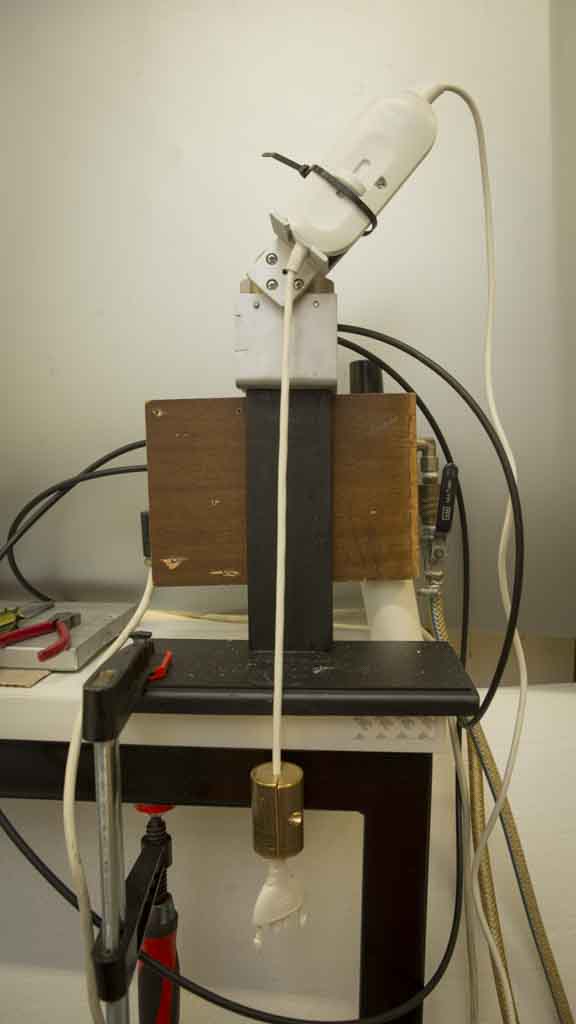
How we test
Our electric blankets and heated throw blankets go through many comprehensive checks to make sure they’ll keep you safe and warm.
Safety tests
Tens of thousands of electric blankets and throws have been recalled from a range of retailers, including major ones. This is largely due to wear and tear between the cord and the controller. Check the ACCC’s product safety website for more information about affected batches.
With these worrying statistics in mind, we introduced two safety tests which simulate the cord being pulled and flexed.
These are:
Stress test
Using our custom-made test rig, we simulate 5000 cycles of the cord flexing under a weight of 10 Newtons (around 1kg). Controllers and cord are first checked visually for any damage, then put through a leakage current test to check that no internal damage has occurred.
Anchorage test
On our test, we pull the cord 25 times with a force of 100 Newtons (around ten kilos) and also apply a very small rotational force for one minute (0.1 N·m torque, for the technical folks out there, based on the relevant clause in the household safety standard). We then perform another leakage current test.
The results of these tests make up our durability score.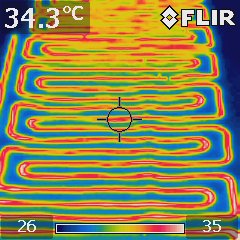
Temperature and energy tests
These tests include:
- Taking thermal images of all electric blankets (while on a bed) to see how well they disperse heat
- Measuring energy consumption
- Measuring the time taken to pre-heat the blanket to a comfortable temperature (40°C).
- Measuring the maximum temperature.
Ease of use assessment
Our members tell us that comfort while lying on an electric blanket is important, and we take this into account in our expert ratings. We conduct the following tests for electric blankets:
- Comfort: the connector to the controller can sometimes be uncomfortable to lie on, especially if the blanket is thin.
- Ease of using controls, including length of cord and ease of access while in the bed.
- Instructions. How easy the blankets are to clean.
- Ease of fitting on the bed.
For heated throw blankets we conduct the following ease of use tests:
- Controls: we assess the ease of using the controls, if they are easy to understand, illuminate and have raised markings.
- Cleaning: we check to see if the throw can be machine washed and dried in the dryer or if it needs to be washed by hand and line dried.
- Controller reach: we measure the cord length so you can determine if the cord will reach while you’re sitting on the lounge.
- Ease of washing: we check if the controller is easily removable for washing.
Test criteria explained
The CHOICE Expert Rating is made up of:
- Performance (pre-heating time) (40%)
- Durability (20%)
- Ease of use (40%)
We recommend electric blankets with a CHOICE Expert Rating of at least 85%.
Heated throw blankets must receive a CHOICE Expert Rating of at least 85% and at least 80% for ease of use to be recommended.

